Don’t let Kaylee Pape’s gentle smile fool you.
Plenty of grit and gumption lie beneath the 14-year-old girl’s sweet demeanor.
Take, for instance, her decision about the surgery on her upper jaw, performed by John Polley, MD, a pediatric craniofacial plastic surgeon at Spectrum Health Helen DeVos Children’s Hospital.
When she had surgery to bring her jaw forward, she had the option to wear a halo―a metal device that stretches across her forehead and connects to her mouth―for weeks afterward. The rigid external distraction device, designed by Dr. Polley and now used worldwide, would help the bone stay in place until it solidified.
Kaylee’s mom, Angie Pape, admits the device “freaked me out” when she first learned of it. But she had Kaylee look at pictures of it online and decide whether to use it—or do the surgery without it.
Kaylee chose the halo.
“It gets better results,” she said with a shrug. “The other one wouldn’t look as good.”
Kaylee’s matter-of-fact attitude toward medical procedures comes from a lifetime of practice. The facial surgery was just the latest in a series of operations she has undergone to address issues caused by Loeys-Dietz syndrome.
Kaylee was born with the connective tissue disorder, which has caused a range of issues, including scoliosis, a heart defect and a concave shape to her upper jaw. Twice, she has undergone surgery to implant a bar to expand her rib cage, to make room for her heart and lungs.
Kaylee made the right call with the halo, Dr. Polley said.
“Her jaw deformity was so severe that traditional surgical techniques would give a much inferior and compromised long-term aesthetic and functional result,” he said.
Watching the jaw move
On a January day, Kaylee and her parents, Angie and Bob Pape, drove from their home in Lemont, Illinois, to Grand Rapids, Michigan, for surgery.
The next morning, Kaylee waited in a pre-op room at Helen DeVos Children’s Hospital, clutching her stuffed dog and monkey.
She’s an eighth-grader, a tall and slender girl with big plans. She likes science club and loves social studies. She wants to be a lawyer someday. And a judge. And a filmmaker. And she wants to travel in her spare time.
She traded texts with her 11-year-old brother, Jeremy, who was on lunch break at school. “I love you,” he wrote. “I love you, too,” she replied.
She spoke a little about her surgery and the metal halo she would wear afterward. She thought she might dye the ends of her long brown hair purple to match the purple frame.
“You could hang things off your halo, like beads,” her dad suggested.
Kaylee made a face and tossed the stuffed monkey at him. He tossed it back, and they played catch for a bit.
Seeing the difference
In surgery, Dr. Polley broke Kaylee’s upper jaw bone to allow it to move forward, correcting the concave shape to her face. He attached the metal halo to her head with specially designed scalp pins.
Once Kaylee went home, her parents turned the screws on the halo two or three times a day. With each click, the jaw bone moved out a millimeter, and new bone formed.
The movement was so small that Kaylee couldn’t feel it and her parents couldn’t see it. But they noticed a difference every few days.
“We watched it because she had a severe underbite,” Angie said. “We noticed when her teeth were even. And we noticed when they were in front (of the lower teeth) like they should be.
“It was rewarding,” she said.
The halo became loose once and had to be reattached. When it loosened a second time, Dr. Polley had Kaylee see a local doctor to remove it. By then, the halo had been in place six weeks and had accomplished its goal. An orthodontist created an external mask for Kaylee to wear at night, to retain the shape of the upper jaw.
Her profile looks beautiful.
On an April afternoon three months after the surgery, Kaylee arrived at Dr. Polley’s office for a follow-up visit. She beamed, her smile a bit wider and brighter.
“You look great,” Dr. Polley said as he gave her a hug. “You look fantastic.”
“Are you glad you did it?” he asked.
“Yes,” she said.
“Do you want the halo back on?”
“No!’ Kaylee said with a laugh.
Dr. Polley examined her jaw and bite.
“The midlines are right on,” he said. “Her jaw structure looks great. Her lips look good. She’s right on track.”
He turned her face to one side.
“Her profile looks beautiful,” Angie said.
The surgery was not easy, she said. With the halo, Kaylee could only sip food through a straw. She slept many nights in a recliner. And she missed school—Mom home-schooled her while she wore the halo. But Kaylee and her parents were glad she did it.
“We are happy with the outcome,” Angie said.
This summer, Kaylee will undergo heart surgery to replace the dilated aortic root. Her mother hopes that will be her last major surgery.
“Hopefully next year she can take a break and we can go on vacation,” she said.




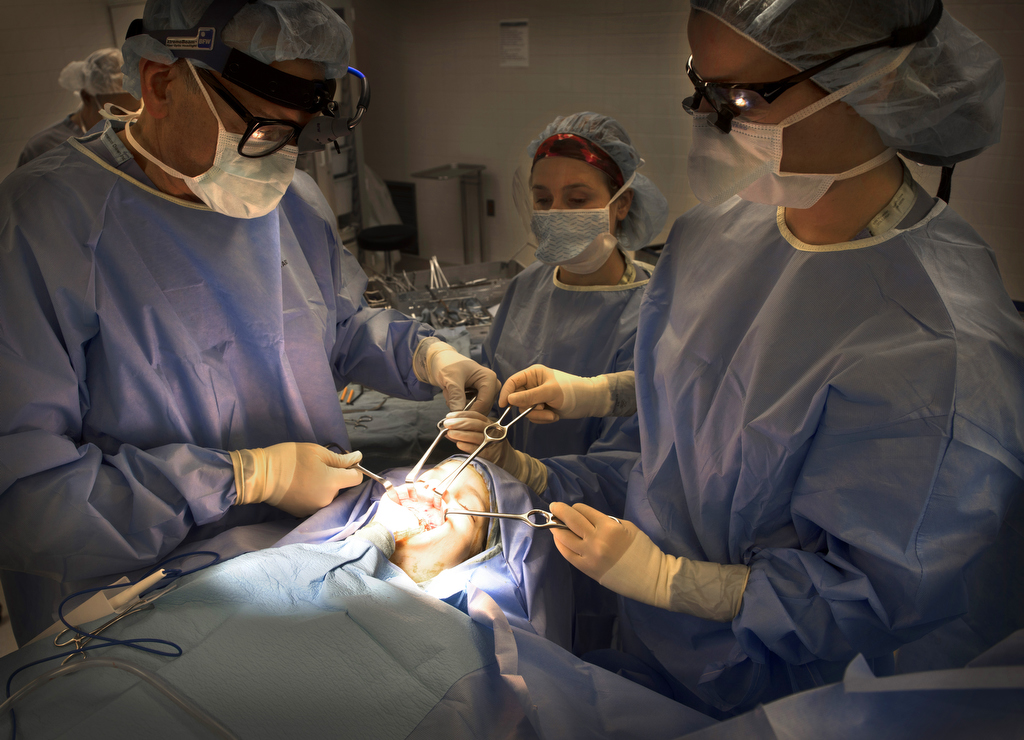
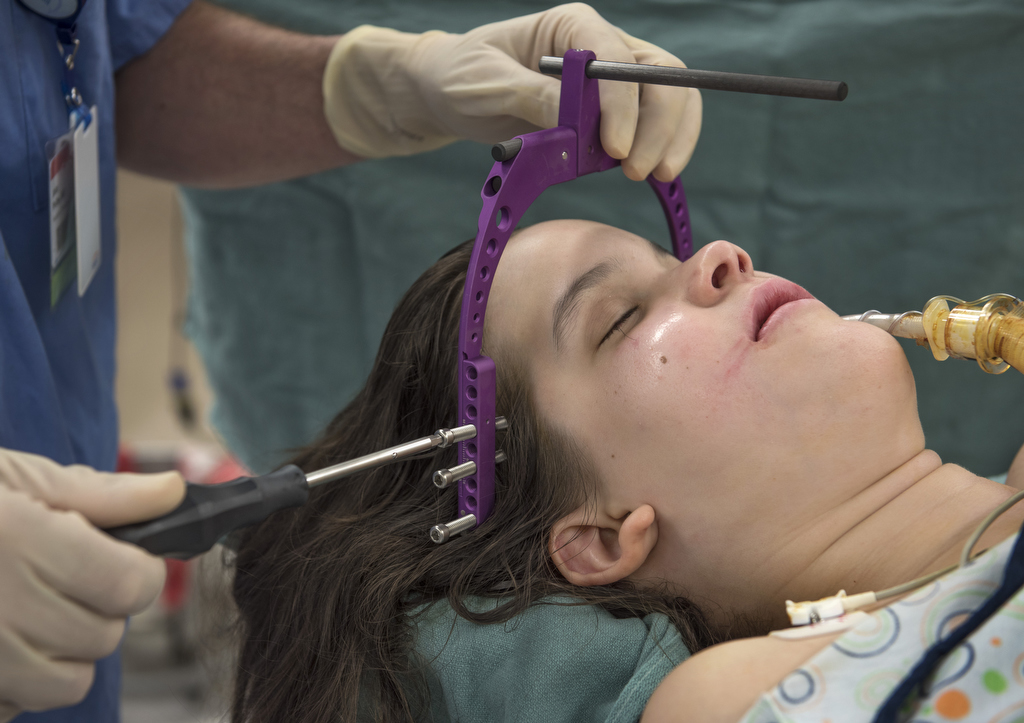

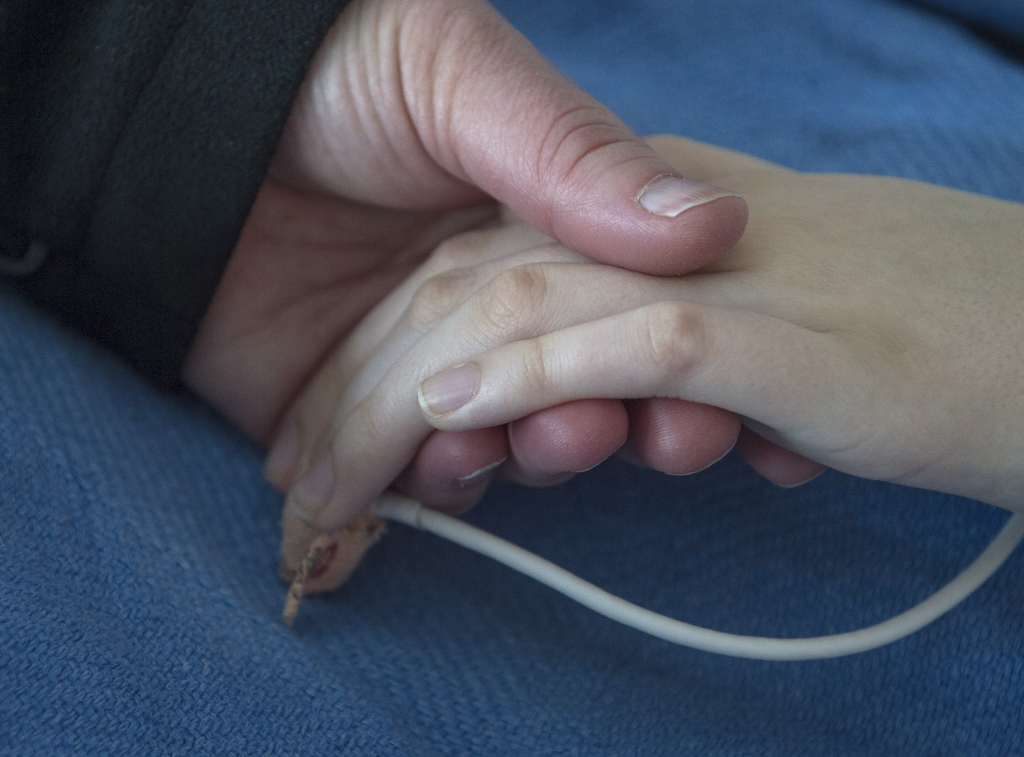
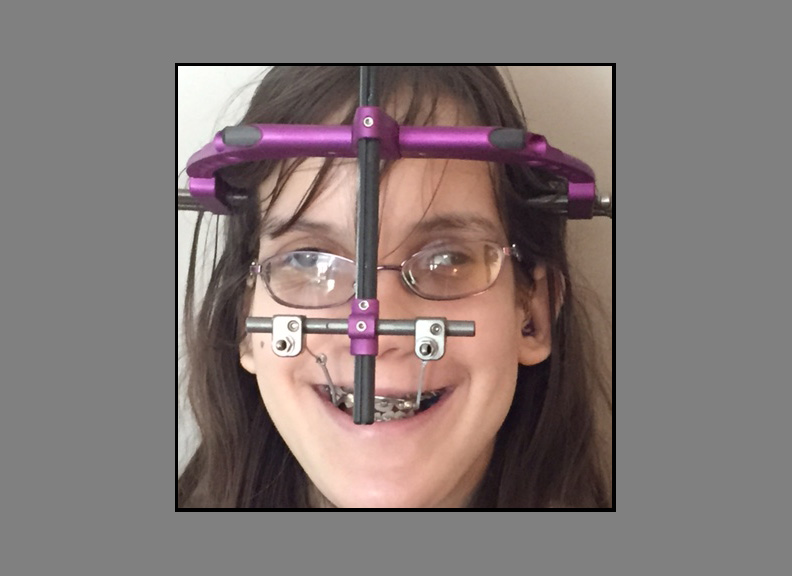
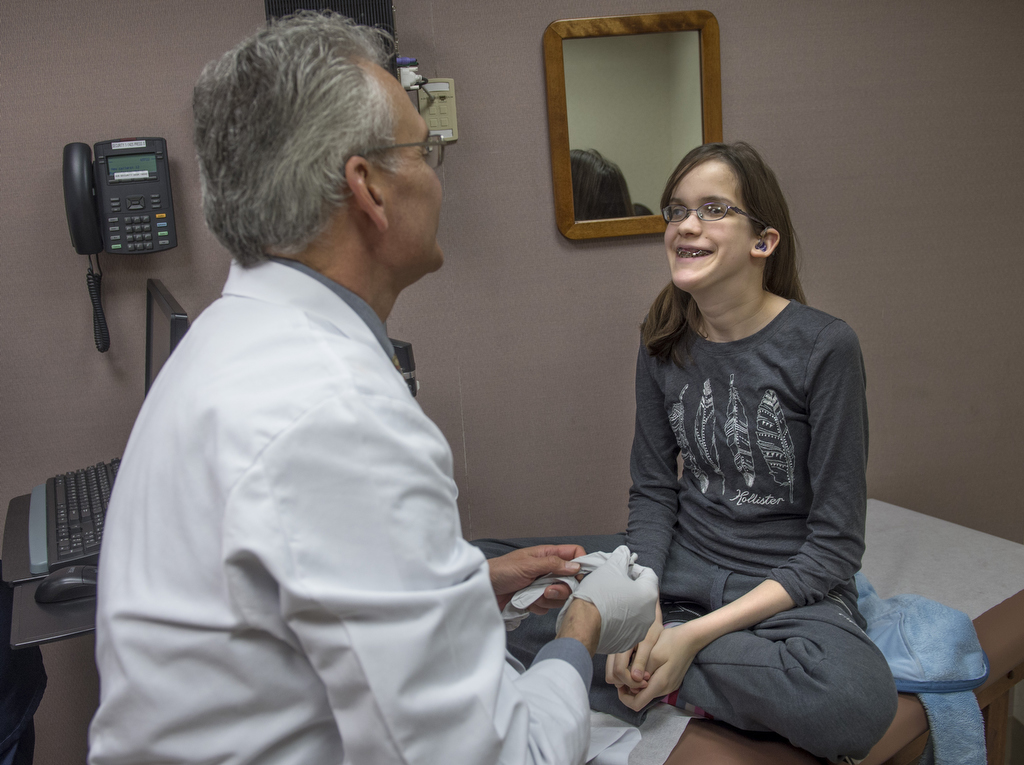
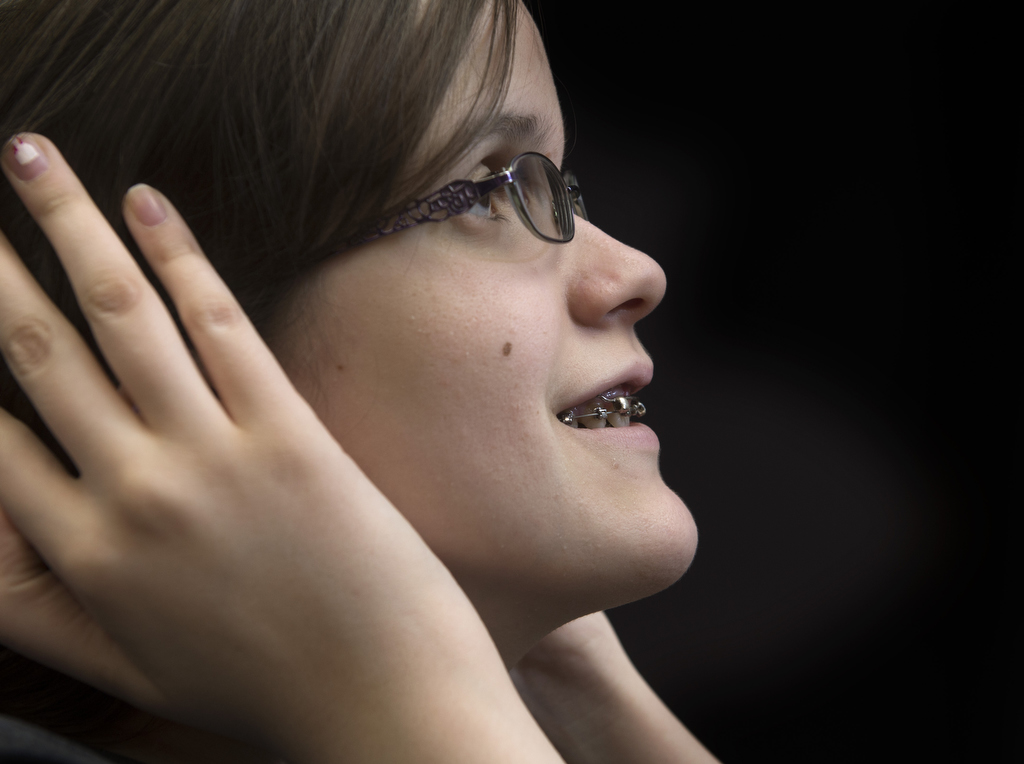

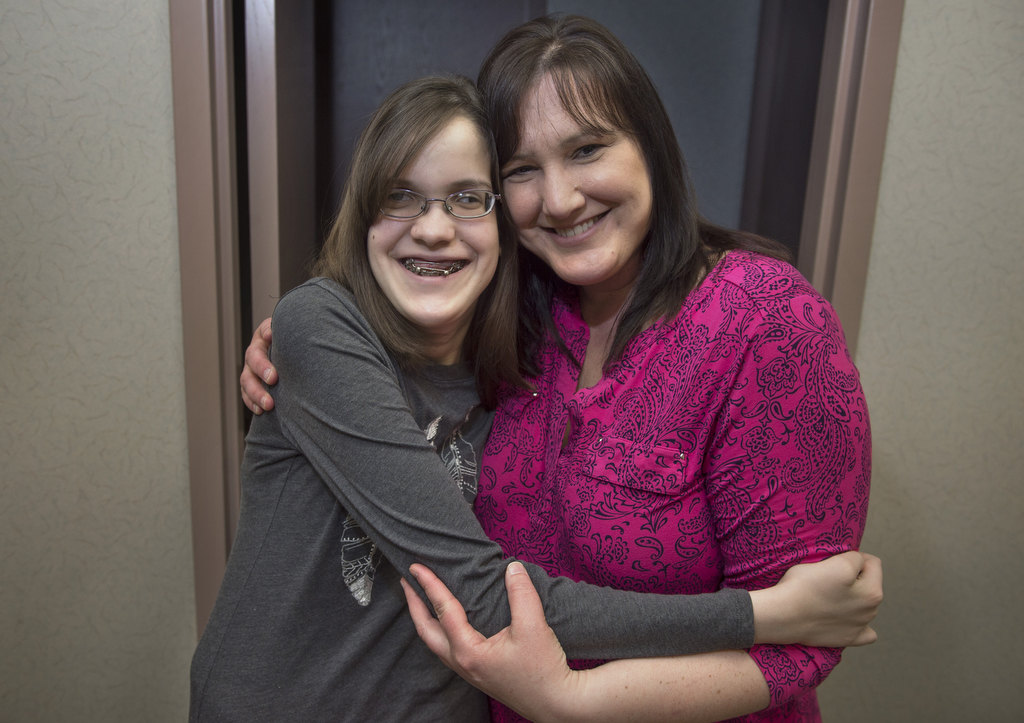
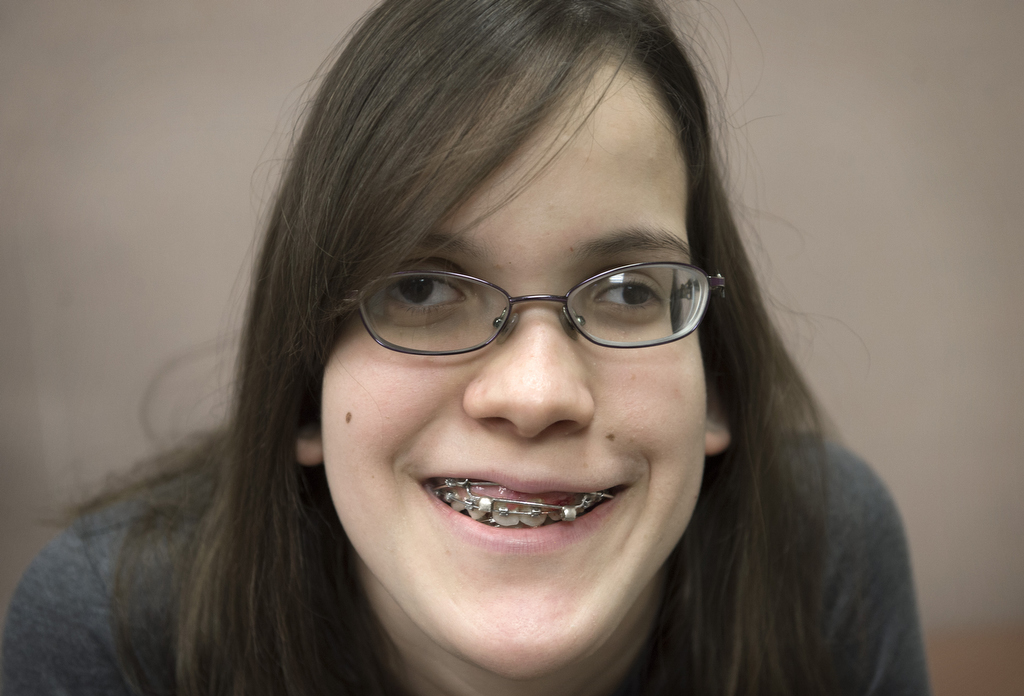





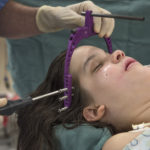









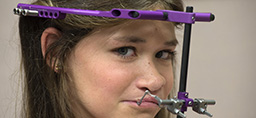 /a>
/a>
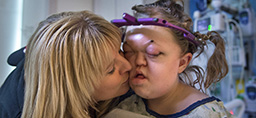 /a>
/a>
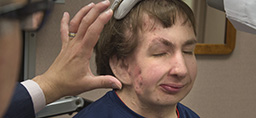 /a>
/a>